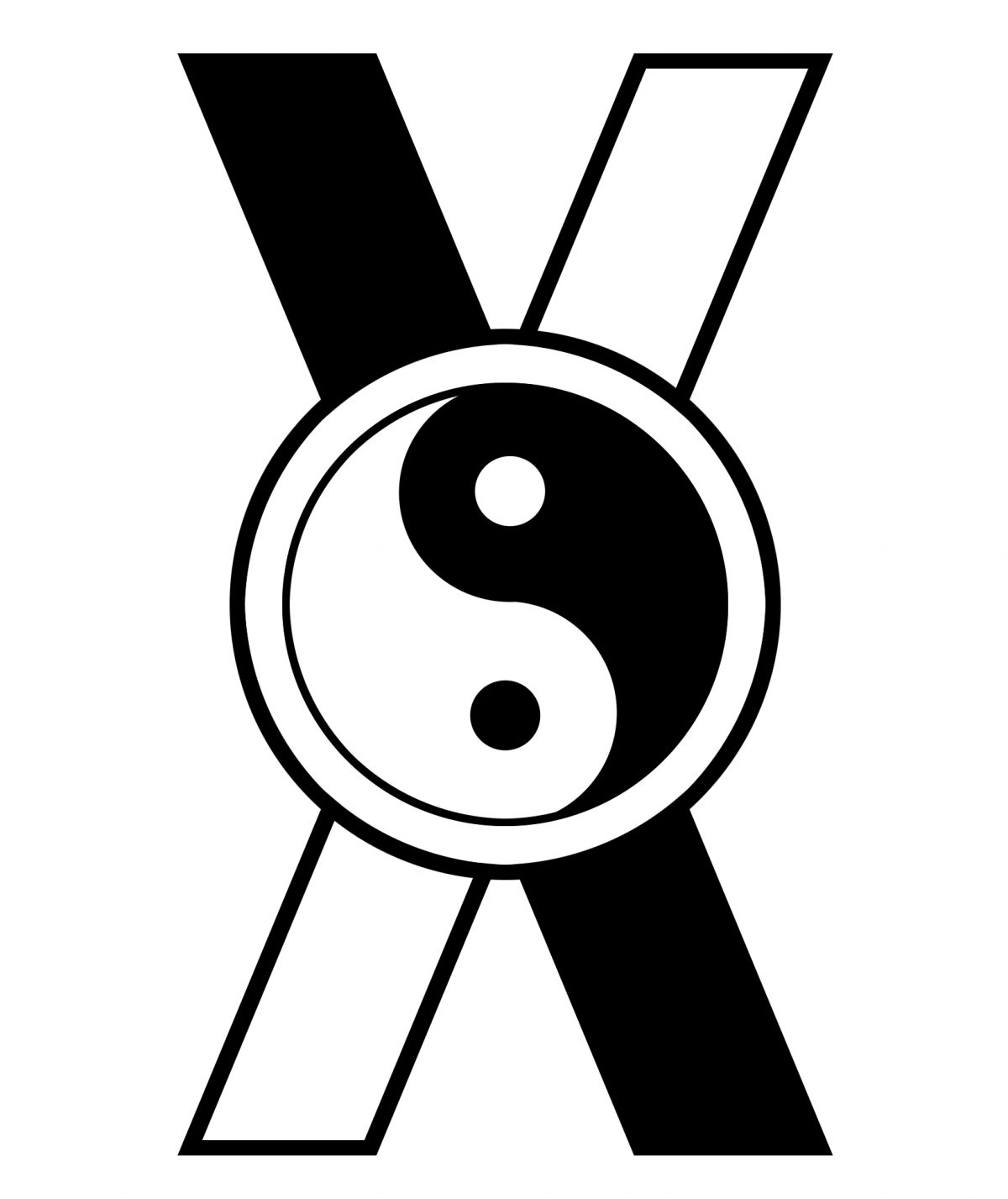For this post, I am using the term mysticism to refer to the overlapping worlds of magick, spirituality, and religion. It’s hard to divide the three up, so I chose to lump them together, and we can fight over that sometimes.
“Gamification” is a term I’ve seen in increasing use over the years – the idea of applying game elements (scores, achievements, measures) to various “non-game” elements of life. When you place systems, rewards, and social recognition around something, people gravitate towards it. We like systems; humans seek and make order.
Despite the term becoming prominent in the 2000s, humans have been doing this for our whole existence. We have ranks in the military, systems of promotion at work, and ways of organizing territories, etc. The title of Sergeant, the need to pass a certification test, and the idea of states or provinces are all gamification, at least in the broader sense. As you noticed, I prefer the broader sense.
The world and people are complex, and we humans are good at making or finding rules and boiling them down to something we can work with. If something needs complexity or simplicity, we’re damned good at finding either.
I’d argue that Gamification is critical in mystical practices.
When you dive into mysticism, you’re facing The Big Everything. Call it the Good, Kia, Tao as I prefer, the Universe is simply so big it’s hard to deal with – and we’re part of it! Even trying to understand and deal with our own minds is a challenge since you’re using your thinking to think about thinking. No wonder we need to think of the great Powers as like us, understand stages of meditation, or develop cosmologies of Spheres and Paths.
Mysticism needs gamification because otherwise we have no place to start. Even blowing your mind with ritual practices and substances is gamified because it’s safer – it’s easier to see the guardrails when there’s a plan.
I find seeing mysticism as a form of gamification to be liberating. It provides appreciation of the systems people have built before me – and are building now. It provides awareness that some of this is made up, but it’s made up for a good reason – it’s a tool to deal with the Big Everything. It provides the power to make your own systems and ways of thinking when needed. Finally, it provides humility to realize that what you think or believe is a construct as you need it that way.
And, of course, admitting mysticism contains gamification lets you apply knowledge from games, gamified activities, and gamification theory.
By the way, if you look at your esoteric practices and see the gamification within, turn that view on your entire life. I think a lot of us know instinctively we’re gamifying our mystical practices since they’re big colorful, and wild. We might miss how gamified our mundane life is.
Or maybe we ask if there’s any boundary between the mystical and the mundane. Maybe that division is just a rule we came up with . . .
– Xenofact
